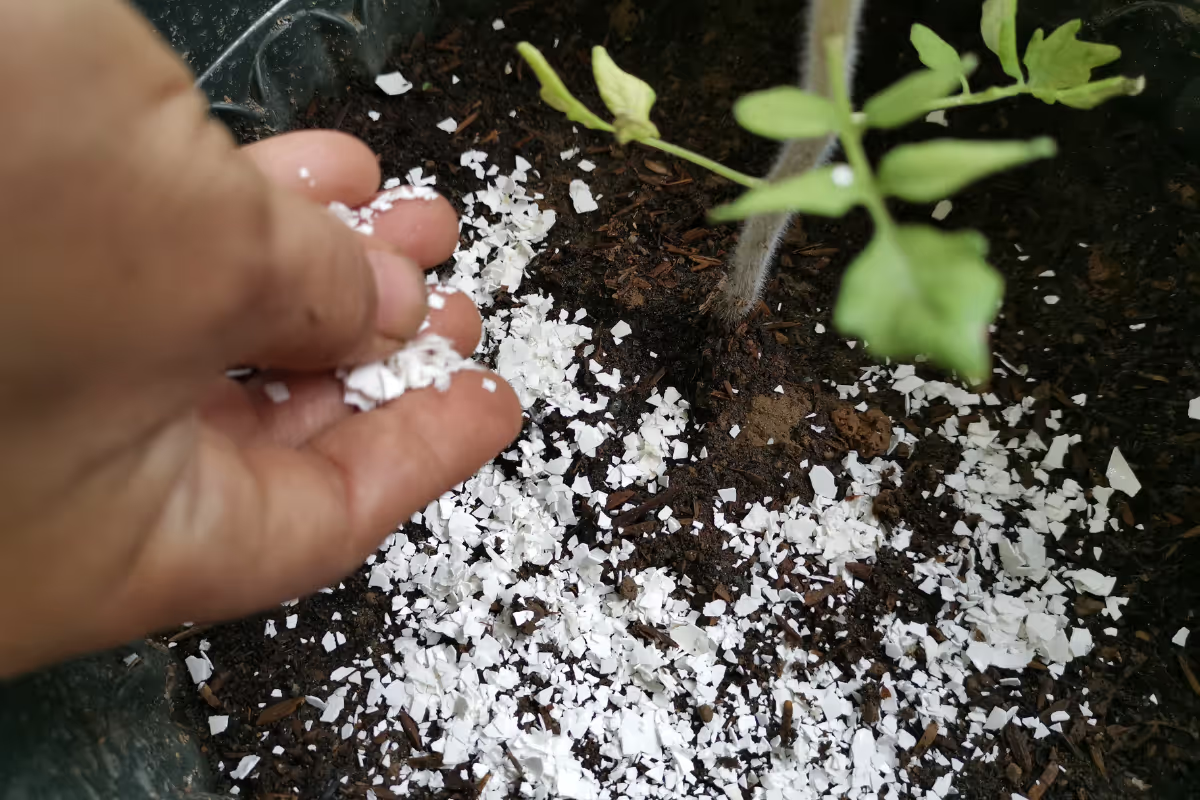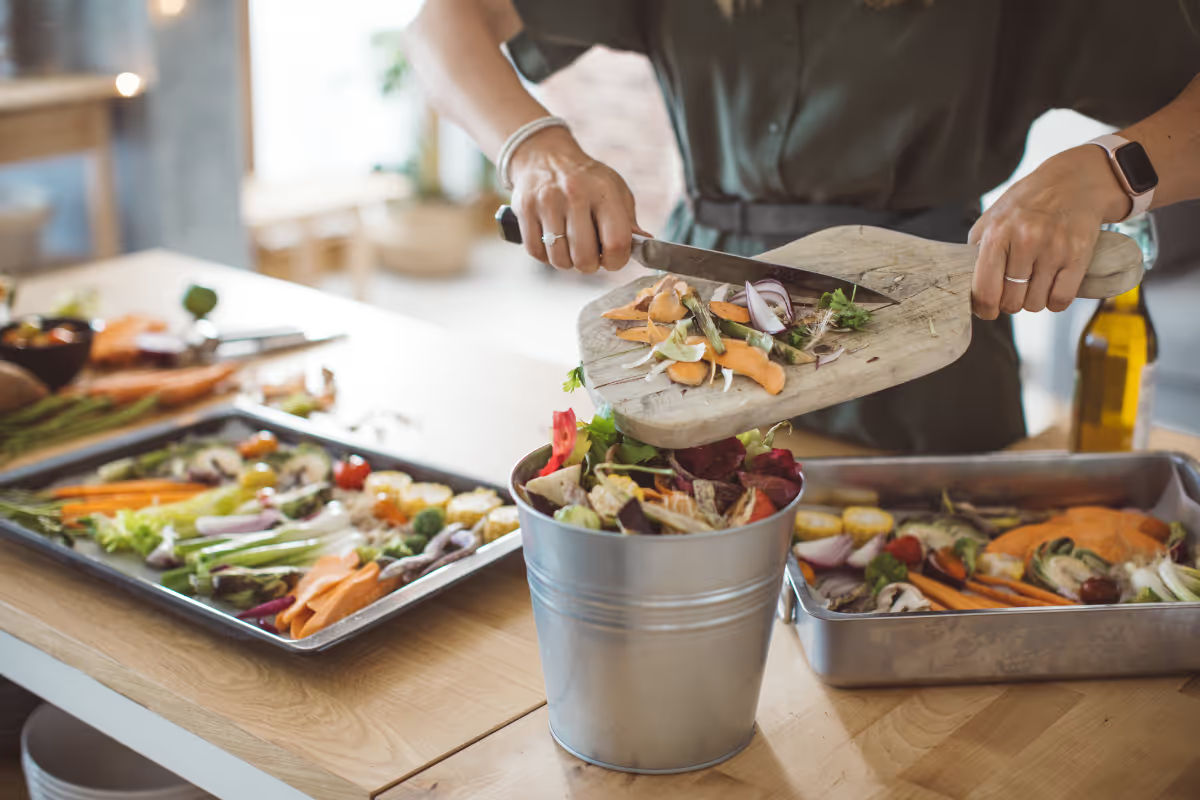Zero Waste Kitchen: Reducing Food Waste with CSA Produce

Imagine stepping into your kitchen, the afternoon sun casting a warm glow on the countertop. You unpack your Green Heart Garden CSA box, brimming with vibrant produce straight from our local farm. The earthy scent of freshly harvested vegetables fills the air, and you feel a sense of connection—to the land, to the farmers, and to the nourishing bounty before you.
A CSA (community supported agriculture) is more than just a box of veggies; it’s a commitment to supporting local agriculture. But what happens when you open that box? How can you ensure that every leaf, stem, and root gets its moment in the culinary spotlight? Let’s dive into the world of zero-waste cooking with CSA produce, where every peel, seed, and leaf matters.
8 Ideas to Reduce Food Waste
1. Embrace the Whole Vegetable
When you receive your CSA goodies, don’t just focus on the usual suspects—the pristine carrots and plump tomatoes. Look beyond! Those carrot tops? They’re not just for composting. Transform them into a zesty pesto or toss them into a hearty soup. Beet greens? Sauté them with garlic and olive oil for a nutritious side dish. By using the entire vegetable, you’re not only minimizing waste but also maximizing flavor.
2. Egg-citing Solutions
Eggs often play a supporting role in our kitchen dramas, but their shells deserve a standing ovation. Crushed eggshells are a natural fertilizer for your garden. They add calcium to the soil, making your plants thrive. Plus, they keep pesky slugs away—talk about multitasking! So, next time you crack an egg, save those shells and sprinkle them around your tomato plants.

3. Stalk the Stalks
Broccoli and cauliflower stalks often get overlooked, like shy wallflowers at a vegetable party. But fear not! Peel off the tough outer layer, slice them thinly, and toss them into stir-fries or salads. Their mild flavor and satisfying crunch will surprise you. Waste not, want not, right?
4. Love Your Leftovers
Last night’s dinner deserves an encore. Reinvent leftovers into new dishes. Turn roasted veggies into frittatas, rice into fried rice, and pasta into cold salads. Your taste buds won’t know it’s déjà vu.
5. The Pickle Parade
Got extra cucumbers, carrots, or radishes? Pickle them! A simple brine of vinegar, water, and spices turns ordinary veggies into tangy delights. They’ll jazz up sandwiches, cheese platters, and midnight snack sessions.

6. Freeze the Herb Symphony
Fresh herbs are like fleeting summer romances—they’re here one day and gone the next. But fear not! Chop excess herbs, mix them with olive oil, and freeze them in ice cube trays. Pop a herby cube into your soups, stews, or pasta sauces whenever you need a flavor boost.
7. Revive Sad Greens
When your lettuce or spinach starts to wilt, don’t give up on them. Fill a bowl with ice water, submerge the greens, and watch them perk up. It’s like a spa day for veggies! Use them in salads, wraps, or green smoothies.
8. Composting with Love
Let’s talk about the unsung hero of sustainability: composting. Those onion peels, apple cores, and coffee grounds—they’re not trash; they’re future soil. Set up a compost bin in your kitchen, and let nature work its magic. Soon, you’ll have nutrient-rich compost to feed your garden. It’s like sending love letters to the earth.

As you savor that CSA-grown salad, remember that every leaf, every peel, and every eggshell contributes to a greener, more sustainable world. Your kitchen becomes a stage where food waste takes a bow, and creativity dances with practicality. Remember, reducing food waste isn’t just about saving money—it’s about honoring the ingredients, the farmers, and the planet. Let’s cook with intention and dance with our kitchen scraps!
